It’s Houseplant Week! I absolutely love having plants in my home, but I know the thought of keeping houseplants alive can be intimidating. Trust me: I once killed a cactus. And many succulents. And a couple ferns. No judgement here. Over the years I’ve learned a few things, and now I’ve got dozens of happy plants throughout the house. If you like the idea of having some greenery in your home but aren’t sure where to start, this series is for you! Today I’m talking about the fiddle-leaf fig.
My fiddle-leaf fig–or figgly fig, as my girls like to call it–is the crown jewel of my houseplants. There are other plants I could share with you, but I just couldn’t wrap up Houseplant Week without talking about it. You see fiddle-leaf figs everywhere in home design blogs and catalogs, but they’re (understandably) intimidating. So big! So lush! So very fickle!
I’ve had mine now for two and a half years. At this point, I feel pretty confident in my ability to keep it alive, and yet I’m still disproportionately excited when I see new growth! If you’ve been wanting a fiddle-leaf fig for a while but been too afraid to get one, know that, while they are temperamental, they’re really not as hard to take care of as you might think.
About fiddle-leaf figs:
- Fiddle-leaf fig trees are a type of ficus. True story: when I bought mine, the price tag had it labeled simply “ficus,” and they tried to charge me for a different kind of ficus…which cost a VERY different amount than my fiddle-leaf fig was marked. Fortunately I insisted they double and triple check. Don’t mess with me, man. I’m cheap and I’m not ashamed.
- The name comes from the size and shape of the leaves. The size varies, but the shape is fairly consistently…fiddly. Here’s my ukulele next to one of the larger leaves of my plant for comparison.
- In its native rain forest, it grows on other trees for support. As a houseplant, it requires a pole or some other form of support when it gets really big. Those “trunks” are just not very strong, although they are quite flexible.
- “Fiddle-leaf fig” is not just a name; it is really a fig tree and can produce fruit. I don’t know for sure if that’s likely for a houseplant version, but it definitely happens in the wild.
- They are–you guessed it–poisonous to cats and dogs, so don’t let your pets take a bite. That said…is that really a problem? Do pets actually try to eat houseplants? I’ve never had an indoor animal, so I have no idea.
When buying:
- New growth. Are you tired of hearing about it yet? Seriously, though. Look for new growth. Since fiddle-leaf figs grow relatively slowly, you may be hard-pressed to find baby leaves. Mine almost always has a new leaf popping out somewhere but of course when I want one for photos, there are none to be found. The photo below is of new-ish growth, though, and I shared a better photo on Instagram recently if you want to know what to look for.
- Get the plant with the most leaves on it. Some will inevitably fall off (I’ll explain in a minute) and unless you want a mostly bare fiddle-leaf fig, try to get one that is extremely leafy.
- Spotty leaves are bad. Brown along the edges can be okay; it has probably been either over- or under-watered. But spots mean disease, so avoid those.
- Mine, like most of my plants, is from the garden center of a local hardware store. You may need to call around to nurseries or other plant retailers, though, because not everyone carries them, and even those who do may not have them all the time.
Proper care:
- Water: Deeply and infrequently. Let the top inch or two of soil dry out completely between waterings, then soak the heck out of it. My giant fiddle-leaf fig gets a half gallon of water or more every week or two. A smaller plant obviously need less water. A good rule of thumb is two cups per foot of growth every time you water. (For example: a plant that is two feet tall will need about four cups of water at a time.)
- Light: Bright and indirect. No harsh sunbeams, no dark corners. Notice in that first pic how my fiddle-leaf fig is by two very large windows? That’s on purpose. Yours will like a similar spot. Also, they grow toward the light, so you should probably rotate the pot every so often to keep the plant from getting lopsided. Rotate smaller plants more frequently than large ones, since every new leaf on a tiny plant will make a huge difference.
- Soil: Standard potting soil is fine.
- Fertilizing: I’ve only ever fertilized mine once in over two years, and that was when I put it in a larger container and added more potting soil with fertilizer in it. I don’t know if it was the fertilizer or having more space for the roots to breathe, but it grew a lot after that. Do with that what you will.
- Those leaves are big and they get DUSTY. Wipe them down every so often with a damp washcloth to keep them shiny and happy.
- Fiddle-leaf fig trees DO NOT like to be moved. Find a home that makes yours happy and leave it there. In December I moved mine into the next room to make room for a Christmas tree, and it got all stressed out and dropped half a dozen leaves. They are quite content to stay put.
- Which brings me to post-purchase: chances are good your fiddle-leaf fig will not like being moved from the store to your house and being re-potted. It will lose leaves. That is totally normal. Don’t freak out and assume you’ve killed it. It’s just overwhelmed and needs a minute to adjust. If you’ve found it a home with appropriate light, it should settle in just fine.
Taking cuttings/re-potting:
- Don’t.
- No but seriously, if you can avoid it, don’t.
- Okay, if you really want or need to re-pot your fiddle-leaf fig, be gentle. Don’t put it in a pot that is too much bigger than its roots. Break up the root ball a bit, even trim it back a little if it’s getting too big for its container, fill your new container with good potting soil, then water it deeply. And plan for it to drop a couple leaves afterward, poor traumatized thing.
- I’ve heard you can grow a new fiddle-leaf fig from a healthy leaf, but I’ve never tried. If someone wants to give that a shot and report back I’d love to hear how it goes!
Obviously they’re not the most easy-going of the houseplants, but they’re oh so worth it. Such beautiful beasts. More natural light and a fiddle-leaf fig in every room of my house would be the absolute best. Having one that is bigger than me, however, is a pretty close second.
Have you been eyeing fiddle-leaf fig trees for ages but been too afraid to buy one? I swear, they’re in every stylish house photo! What do you think…are they still intimidating?
And that concludes Houseplant Week! It’s been fun sharing my green friends with you! What do you think; should I do another round in a few months? What other plants would you like to know about?

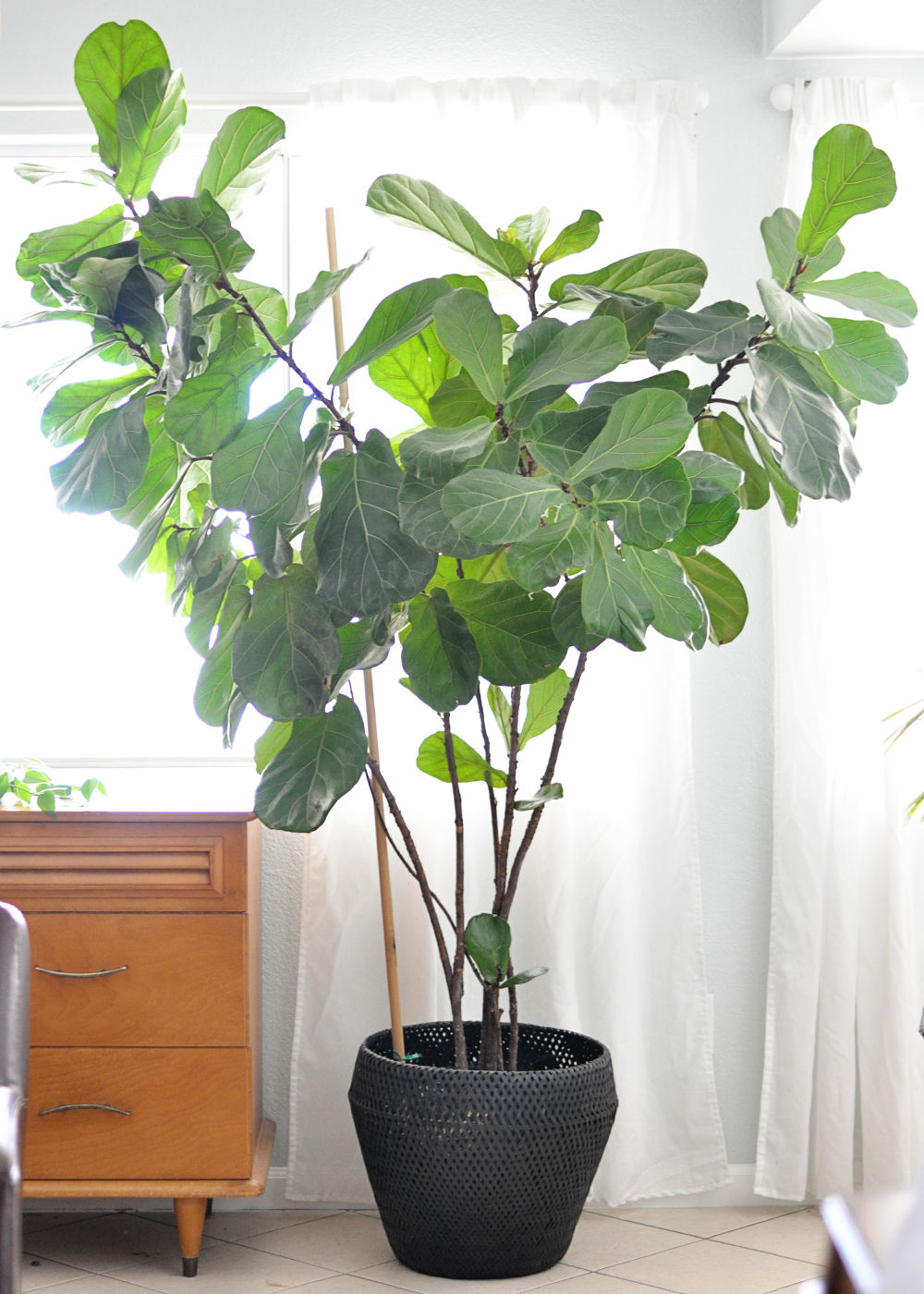
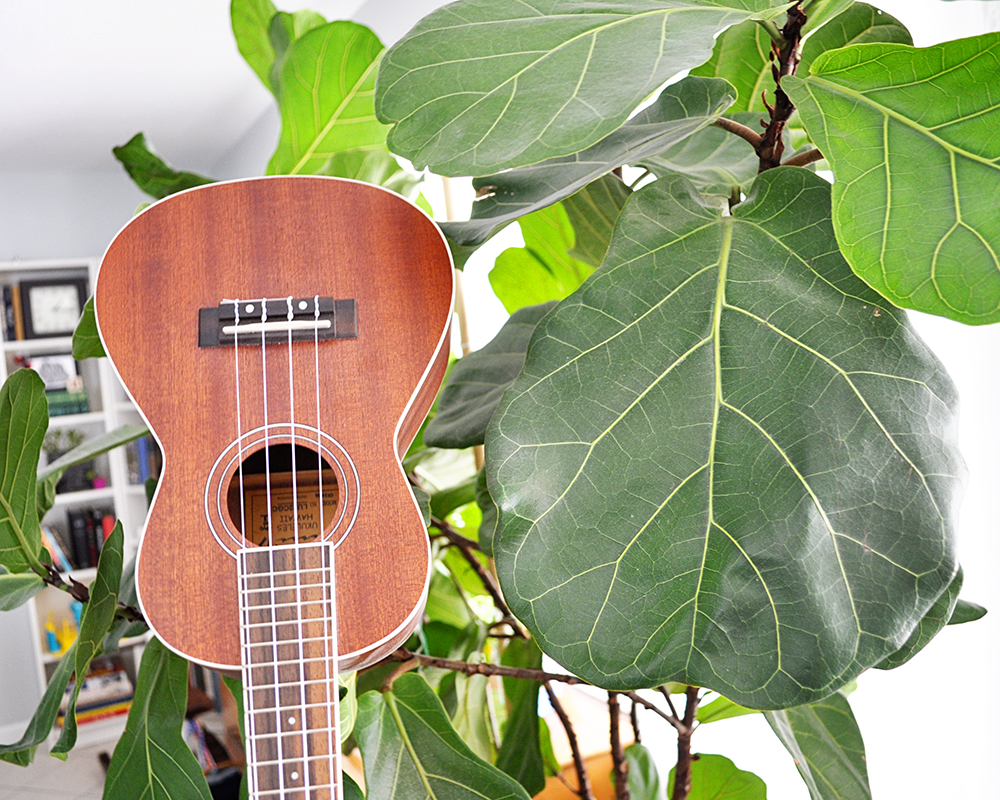
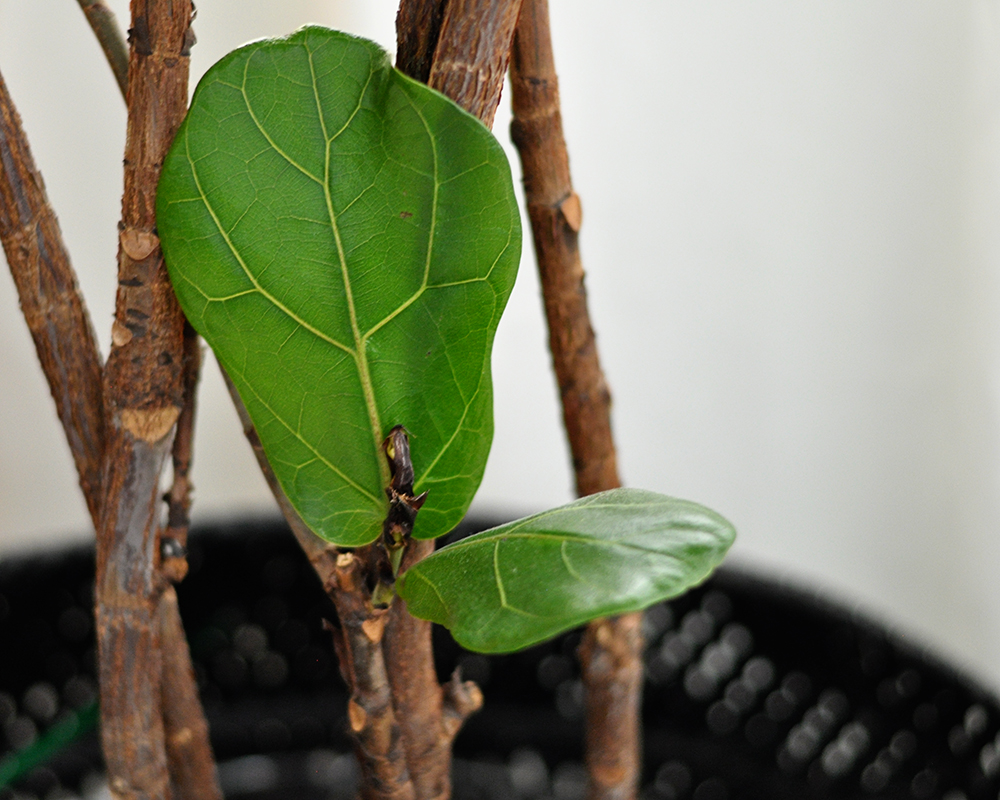
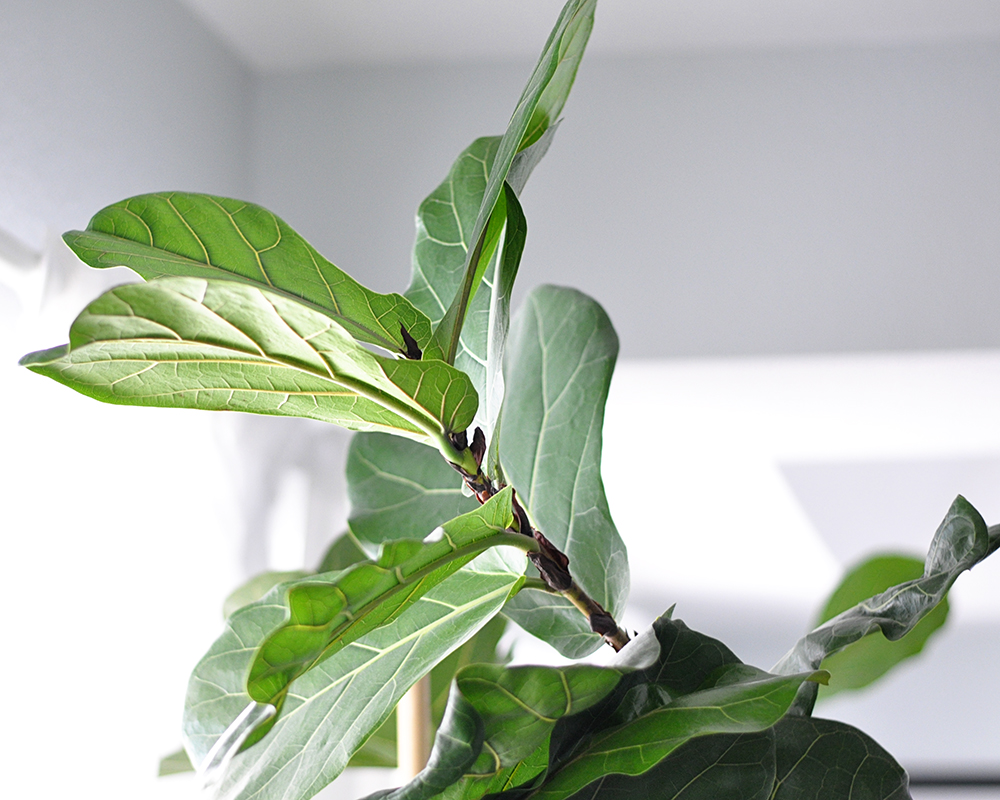

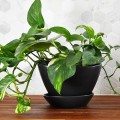
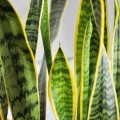
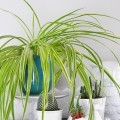
The fiddle leaf!!! I want one so bad, but can’t quite bite the bullet. Maybe soon….
Yes, do another round! I’ve loved this series!
Swooooon!!!!!!
xox
This post is oh so helpful! I have a new fiddle fig and it was dropping leaves when I brought it home, I didn’t realize that was normal so then I think I overwatered it and it now has brown spots at the edge of some of the leaves. Do you know if I can trim those spots. Also some of the bottom leaves are curling up. Does this mean too much water or another ailment?
I’m emailing you more, but my guess is not enough water. Mine gets a little crispy and curly on the edges when I neglect it for too long.